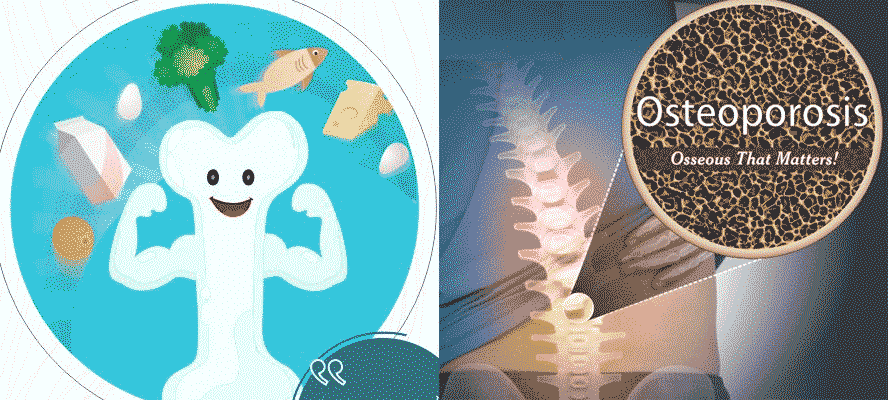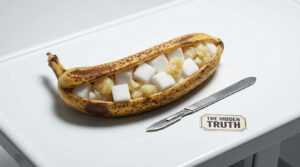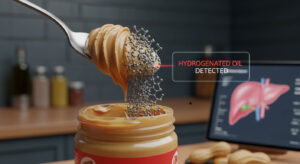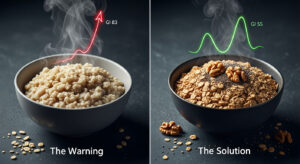Two years ago, Kabir, 54, was walking casually down a Hong Kong street when suddenly, he collapsed. Neither the road was bumpy, nor he was walking fast. But his vacation ended in a hospital bed with a severe fracture in his upper arm. After a 3 hour surgery, horrified Kabir returned to India with two rods inserted in his arm. He was found to be suffering from osteopenia, which literally means crumbling, porous bone, a hallmark of osteoporosis!








